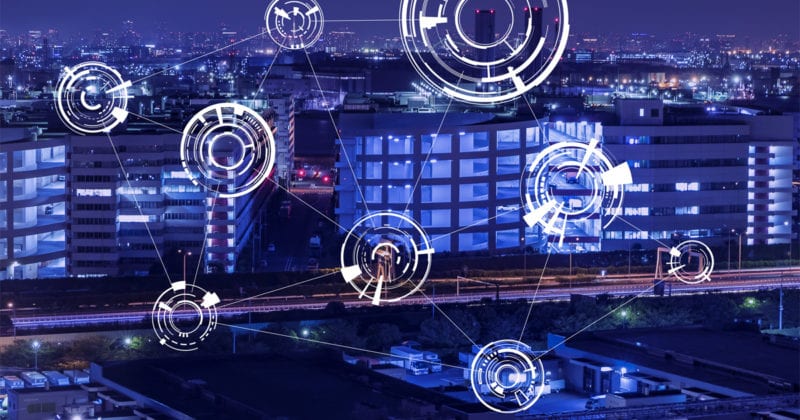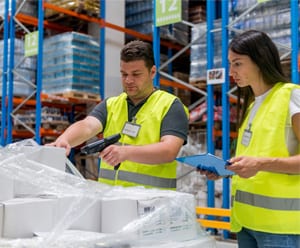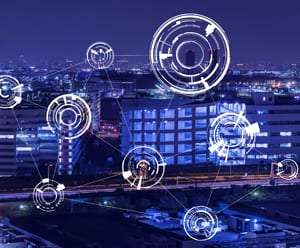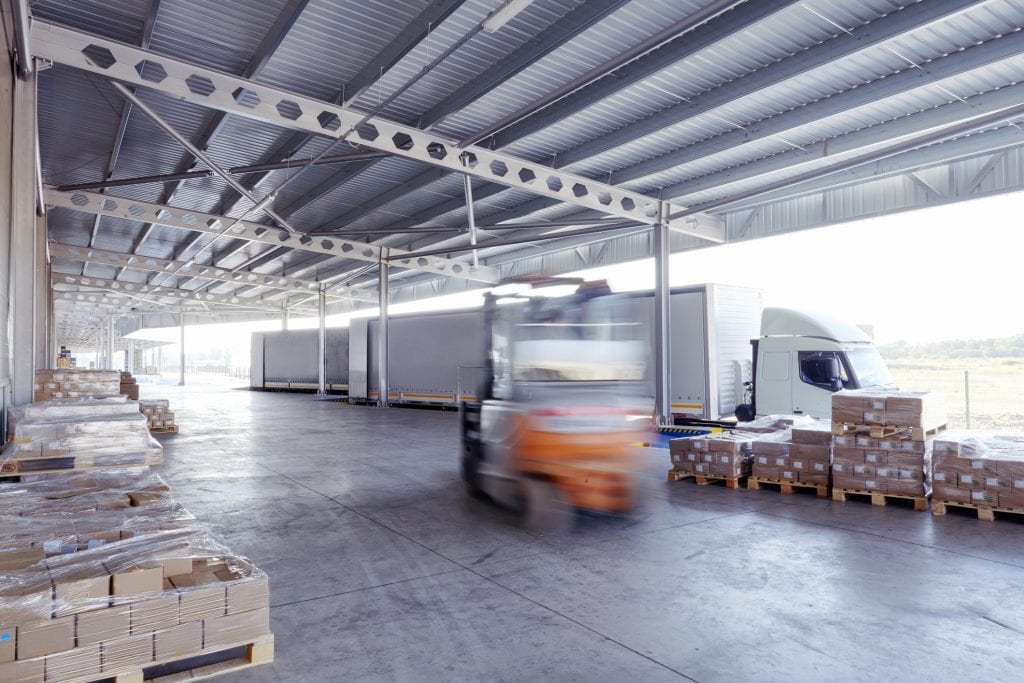
Harnessing the power of IoT for the logistics industry

With manual work in a warehouse, there has always been a concern for safety and health of the workers. But what if you had devices that could monitor worker fatigue levels, caution them to rest, and alert them of safety hazards, so they steer clear of moving equipment and potential accidents?
What if you, as a warehouse manager, had access to all this information of your workers, including visibility of their locations in the warehouse — and in real time?
IoT makes this ideal scenario a reality, where employees work in a safe, conducive warehouse environment.
At DHL’s Advanced Regional Center in Singapore, for instance, wearable wireless sensors are used to assess worker fatigue levels, prompting a rest break when needed. Alerts are also sent when people were in proximity to moving equipment.
But IoT is doing more than just enabling safety in the warehouse. By connecting devices and people, it can also help companies save time and cost.
An increasingly connected world
The number of connected devices in 2017 is estimated to have outpaced the global population for the first time, clocking in at 8.4 billion. This figure is expected to climb to 20.4 billion by 2020, according to Gartner.
The research firm adds that Greater China, North America, and Western Europe are driving the use of connected devices with 67 percent of global IoT devices and installations found in these three regions.
In addition, applications customized to support certain industry segments including manufacturing and healthcare, will fuel the use of IoT among enterprises. These industry-specific devices are projected to hit 3.2 billion by 2020, with spending on such hardware equipment expected to reach US$3 trillion (€2.63 trillion) across all industry segments.
The logistics sector, in particular, has tapped IoT to improve supply chain visibility and monitor the whereabouts of goods. Most of such deployments have centered primarily on track-and-trace, such as GPS-tagging of shipments to manage the flow of these goods across the supply chain, as well as of trucks to track their locations and optimize routes.
Focus has since expanded to explore the use of IoT applications to better tap data captured by connected devices for predictive and prescriptive analytics, and in turn generate new business value and revenue.
Generating savings and efficiencies with actionable data
Applying IoT to logistics operations has the potential to improve asset management, delivery, and supply chains. Business processes can be automated, bypassing the need for manual interventions and, hence, improving quality and predictability.
The Port of Rotterdam in Netherlands, for example, is working with IBM IoT to create a digital twin of the port — identically mirroring all its resources, shipping movements, infrastructure, weather, geographical and water depth — with 100 percent accuracy.
This digital twin allows them to accurately test out scenarios and better understand how to improve efficiencies in their operations while maintaining safety standards.
In fact, “shipping companies and the port stand to save up to one hour in berthing time, which can amount to about US$80,000 in savings for ship operators, and enable more ships to dock at the port each day,” said IBM.
In Liuzhou, China, DHL inked a partnership with Huawei Technologies to implement a narrowband IoT application at an automotive site. Designed to facilitate and streamline yard management for inbound-to-manufacturing logistics, the proof-of-concept aimed to improve inbound processing time at the site.
Staff would typically allocate bays to different suppliers and manually schedule unloading. This sometimes resulted in inefficient allocation of loading bays, causing heavy congestion at certain bays while others remained underused.
The narrowband IoT application enables loading bay data to be collected in real-time, making the site's availability visible. It also collects and analyzes data on the frequency of on-time deliveries as well as unloading efficiency, so it can optimize bay allocation and scheduling based on the data insights.
The application has improved unloading efficiency by 25 percent and slashed average job time from 2,330 to 1,750 seconds.
IoT benefits more than the business
Clearly, IoT can bring tremendous business benefits to the logistics industry. In fact, the technology is forecasted to generate up to US$1.9 trillion in additional value for the logistics community. Furthermore, as AI and machine learning systems depend on data to improve the accuracy of their analysis, IoT plays a critical role in collecting and feeding this data.
Ng Poh Khai, Senior Innovation Manager, Customer Solutions & Innovation (Asia Pacific) at DHL said: "By exploring the use of IoT across our warehousing, logistics, and transportation systems, we can analyze the data generated at every critical point in order to identify ways to better manage inventory, better predict system maintenance, and better monitor and control supply chains.
"More importantly, IoT can help us ensure the well-being of our employees as well as enhance our service delivery to customers. It strengthens our ability to 'sense' and improve our environment, turning data into valuable and actionable insights," he noted.
Amid the digitization of supply chains, IoT is evolving the way data is collected and analyzed. This will change how people and systems work together and, ultimately, identify areas of improvements and best practices.
MORE FROM THIS COLLECTION










 English
English